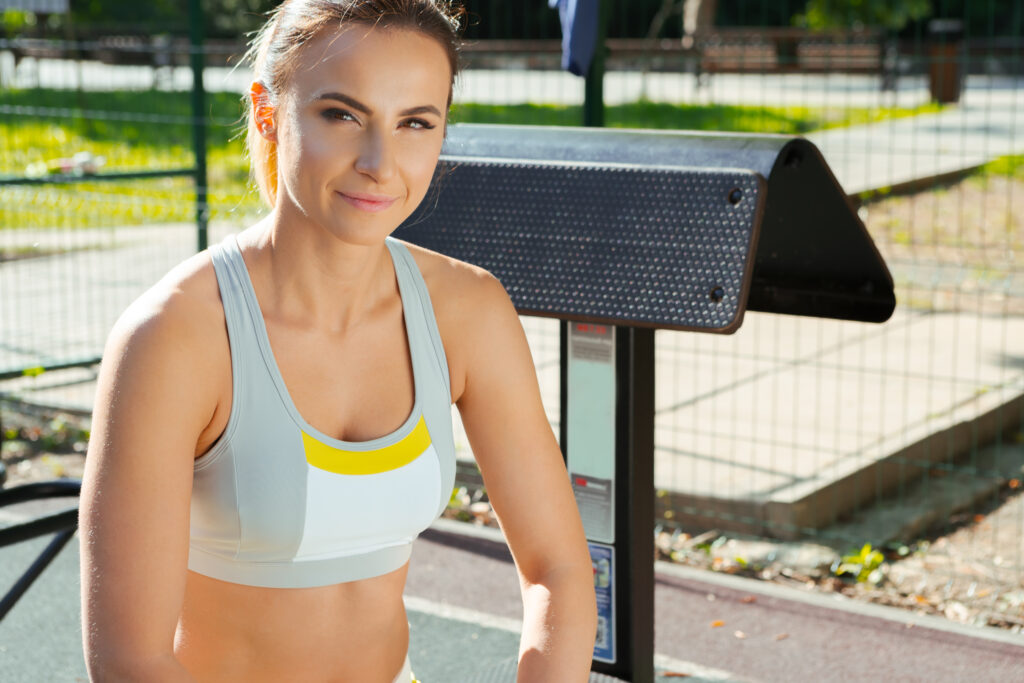The concept of attractiveness is deeply personal and can vary significantly based on cultural, societal, and individual preferences. However, when considering general trends across multiple studies and surveys, many women often express a preference for a male body type that exudes a certain level of fitness without necessarily being overly muscular. This is sometimes referred to as the “athletic” or “fit” body type. Men in this category typically possess toned muscles, a flat or defined stomach, and a proportionate body shape. The “V-taper,” characterized by broad shoulders that taper down to a slimmer waist, often emerges as a favorable trait.
While the idea of six-pack abs or a highly chiseled physique can be appealing to some, not every woman finds this “bodybuilder” look attractive. Some might prefer a leaner or even a “dad bod” appearance, which typically means a man carries a little extra weight around the midsection without being significantly overweight. Such preferences often emphasize that personality, confidence, and other non-physical attributes play a considerable role in overall attractiveness.
Moreover, it’s important to understand that attractiveness isn’t solely based on physical appearance. Many women value attributes such as kindness, humor, intelligence, and other personality traits as much as, if not more than, specific body types. As societal norms and beauty standards evolve, so do preferences, and there’s no universally “right” body type.
While an athletic body type with a defined torso might be preferred by many, it’s essential to remember that attractiveness is multi-faceted and varies greatly from person to person. It’s always a good idea to focus on being the best version of oneself, both physically and mentally, rather than conforming to a specific ideal. Achieving fitness goals should be for personal satisfaction and health, not merely to fit into a certain mold of attractiveness.

